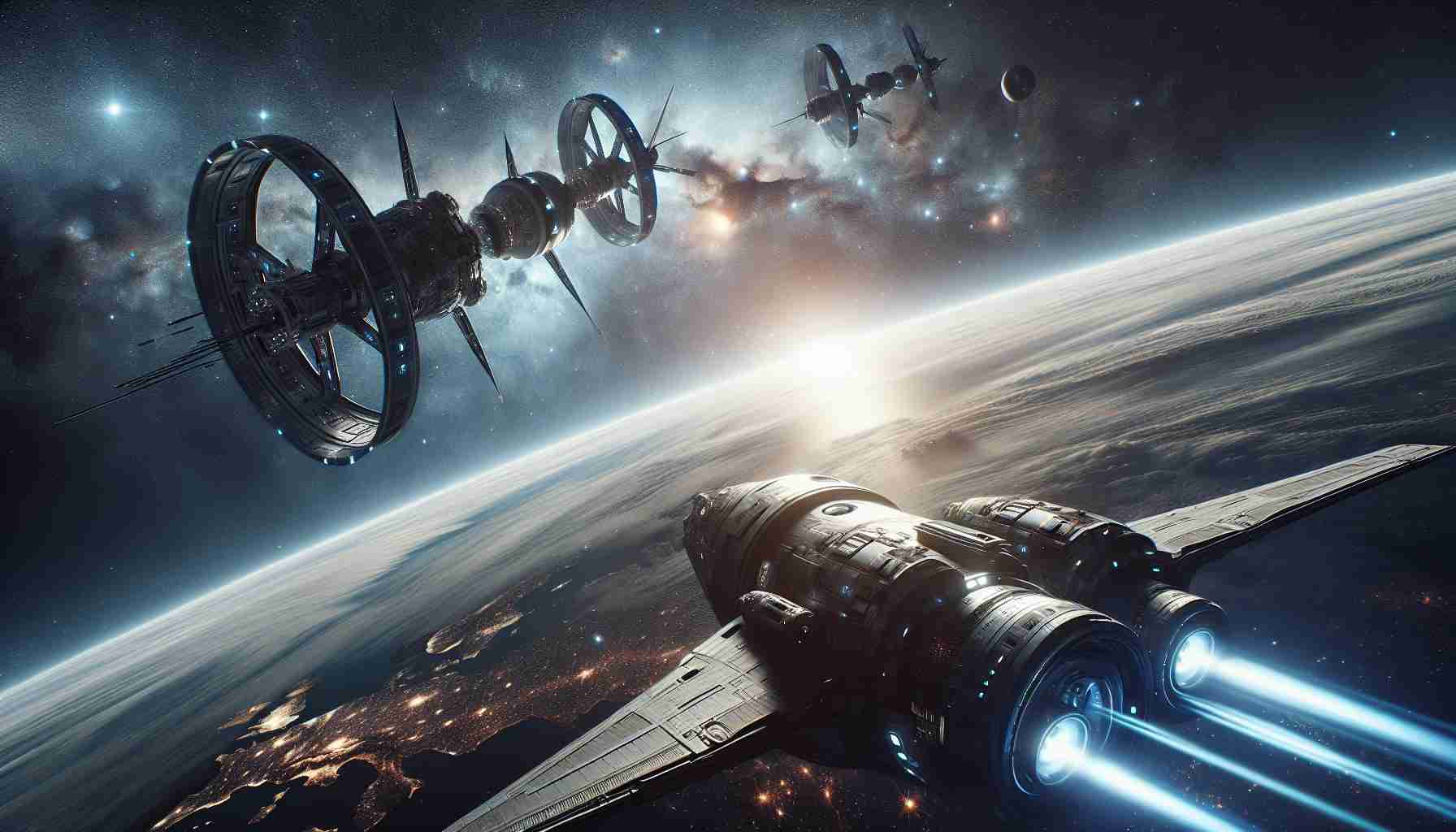
NASA announced a groundbreaking shift in their upcoming mission to the International Space Station. Instead of four astronauts, only two will be sent on the next SpaceX voyage. The change was prompted by the need to liberate two stranded astronauts currently aboard the ISS.
The decision to send Nick Hague and Aleksandr Gorbunov to the space station marks a strategic move by the space agency. The duo is set to launch at the end of September, following a meticulous crew selection process that prioritizes experience and operational efficiency.
Zena Cardman and Stephanie Wilson gracefully stepped back from their planned mission to accommodate the returning astronauts. Both astronauts will have the opportunity for reassignment on forthcoming space endeavors.
The fundamental essence of space exploration lies in adaptability and teamwork. While modifications to crew compositions may pose challenges, NASA’s unwavering commitment to safety and success remains unyielding. As the astronauts prepare for their mission, the spirit of collaboration and dedication propels them towards new horizons in space exploration.
As NASA continues to forge ahead in its space missions, the essence of teamwork and adaptability shines brightly among the stars.
Exploring New Frontiers: NASA’s Evolving Approach to Space Travel
NASA’s recent decision to adjust the crew composition for the next SpaceX voyage to the International Space Station has sparked discussions about the dynamics of space exploration. While the focus has largely been on the operational aspects of the mission, there are other important factors at play that shed light on NASA’s new direction in space travel.
What are the key questions arising from NASA’s new crew composition strategy?
One of the key questions that arises from NASA’s decision to send only two astronauts on the upcoming mission is how this change will impact the overall mission objectives and scientific research conducted on the ISS. With a smaller crew, will the efficiency of tasks be compromised, or will it lead to a more streamlined operation?
What are the key challenges or controversies associated with this topic?
One of the challenges that NASA may face with a reduced crew size is the increased workload and potential strain on the astronauts. This could raise concerns about the mental and physical well-being of the crew during the mission. Additionally, there may be controversies surrounding the prioritization of crew members and the impact on future missions and crew assignments.
Advantages and Disadvantages of NASA’s New Direction in Space Travel:
One advantage of sending a smaller crew to the ISS is the potential for cost savings and resource optimization. With fewer crew members, there may be a more focused approach to mission objectives and a higher level of individual accountability. However, a disadvantage could be the limited capacity for conducting extensive research and experiments, as a smaller team may have constraints in managing a wide range of scientific activities.
As NASA explores new horizons in space travel, the agency faces the challenge of balancing efficiency with the safety and well-being of its astronauts. The evolving dynamics of space exploration require constant adaptation and innovation to push the boundaries of human exploration in space.
For further information on NASA’s space missions and exploration endeavors, visit NASA’s official website.



